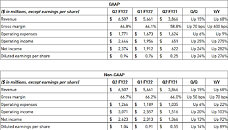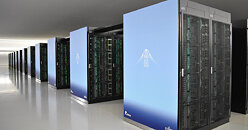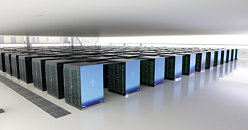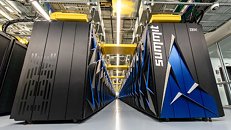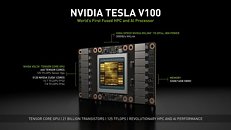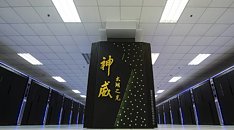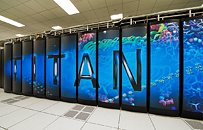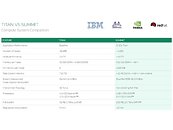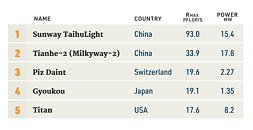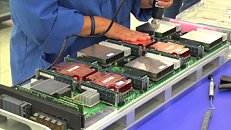TOP500: El Capitan Achieves Top Spot, Frontier and Aurora Follow Behind
The 64th edition of the TOP500 reveals that El Capitan has achieved the top spot and is officially the third system to reach exascale computing after Frontier and Aurora. Both systems have since moved down to No. 2 and No. 3 spots, respectively. Additionally, new systems have found their way onto the Top 10.
The new El Capitan system at the Lawrence Livermore National Laboratory in California, U.S.A., has debuted as the most powerful system on the list with an HPL score of 1.742 EFlop/s. It has 11,039,616 combined CPU and GPU cores and is based on AMD 4th generation EPYC processors with 24 cores at 1.8 GHz and AMD Instinct MI300A accelerators. El Capitan relies on a Cray Slingshot 11 network for data transfer and achieves an energy efficiency of 58.89 GigaFLOPS/watt. This power efficiency rating helped El Capitan achieve No. 18 on the GREEN500 list as well.
The new El Capitan system at the Lawrence Livermore National Laboratory in California, U.S.A., has debuted as the most powerful system on the list with an HPL score of 1.742 EFlop/s. It has 11,039,616 combined CPU and GPU cores and is based on AMD 4th generation EPYC processors with 24 cores at 1.8 GHz and AMD Instinct MI300A accelerators. El Capitan relies on a Cray Slingshot 11 network for data transfer and achieves an energy efficiency of 58.89 GigaFLOPS/watt. This power efficiency rating helped El Capitan achieve No. 18 on the GREEN500 list as well.





















